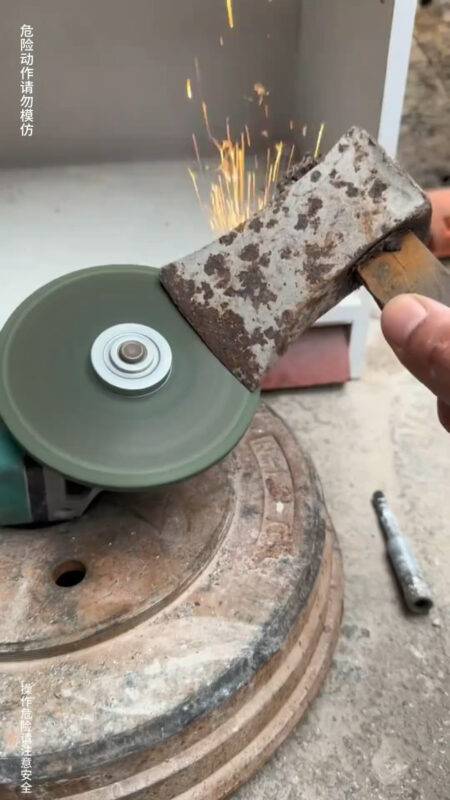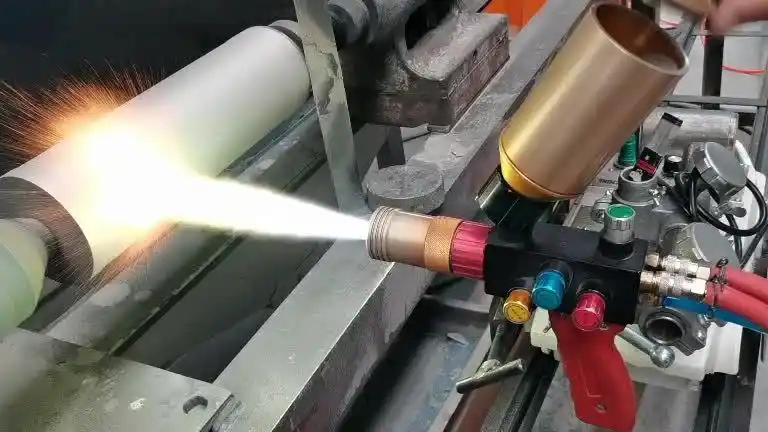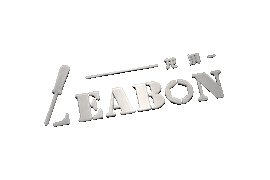Woodworking Accessories Tips
To improve the wear resistance of woodworking tools
Posted on by Jingwen Chen

To improve the wear resistance of woodworking tools, various approaches and technical methods can be employed. Below are several main methods
1. Surface Heat Treatment
– Purpose: To alter the metallurgical structure of the tool surface, increasing surface hardness and thereby enhancing wear resistance. – Methods: Include quenching, tempering, carburizing, nitriding, and other heat treatment processes. These methods can form high-hardness martensite or other strengthened phases on the tool surface, improving its resistance to mechanical abrasion.2. Diffusion Layer Technology:
– Purpose: To change the chemical composition of the tool surface, improving wear resistance and corrosion resistance. – Methods: Chemical heat treatment processes such as carburizing, nitriding, and carbonitriding. These methods can form a high-hardness, wear-resistant compound layer (e.g., carbides, nitrides) on the tool surface, extending its service life.3. Electroplating:
– Purpose: To form a protective metal coating on the tool surface, enhancing wear resistance and corrosion resistance. – Methods: Electrochemical methods are used to deposit a layer of metal (e.g., chromium, nickel) onto the tool surface. Electroplated coatings provide excellent wear and corrosion resistance and are suitable for various substrate materials.4. Thermal Spraying Technology:
– Purpose: To form a high wear-resistant and corrosion-resistant coating on the tool surface. – Methods: High-temperature heat sources are used to heat metals, alloys, ceramics, and other materials to a molten or semi-molten state, which are then sprayed onto the tool surface via high-speed gas flow to form a firmly adhered coating. Common thermal spraying methods include flame spraying, arc spraying, and plasma spraying.5. Coating Technology:
– Purpose: To coat the tool surface with a thin layer of high wear-resistant and corrosion-resistant refractory metal or non-metal compounds, improving tool durability, corrosion resistance, and high-temperature oxidation resistance. – Methods: Common coating technologies include physical vapor deposition (PVD) and chemical vapor deposition (CVD). These methods can form an ultra-thin, hard coating (e.g., TiN, TiC, Al2O3) on the tool surface, significantly enhancing wear resistance and service life.
Thermal Spraying Technology
- Methods: First, high-temperature heat sources heat metals, alloys, ceramics, and other materials to a molten or semi-molten state. Next, a high-speed gas flow sprays these materials onto the tool surface. Finally, the materials deposit and form a firmly adhered coating.
